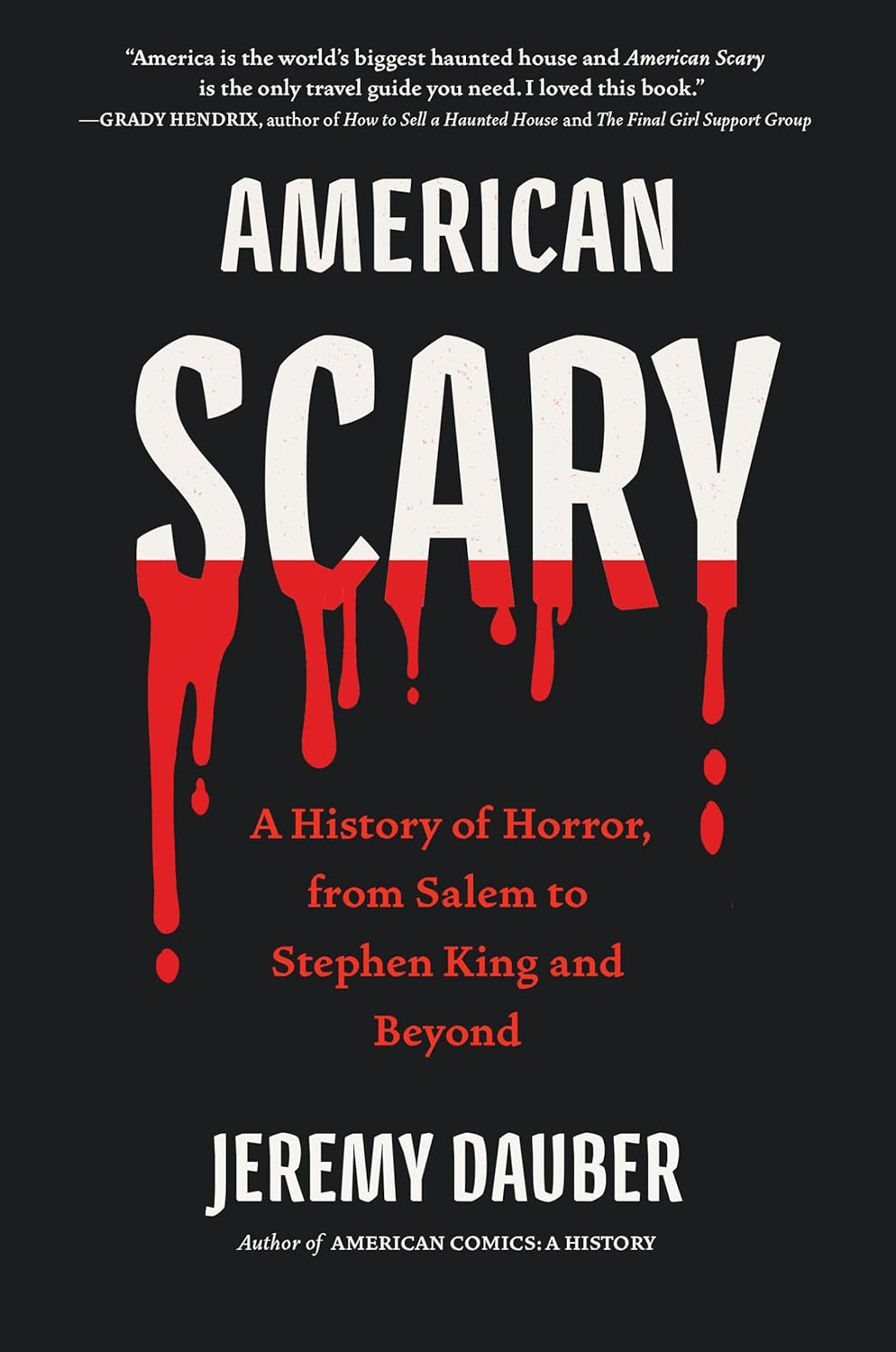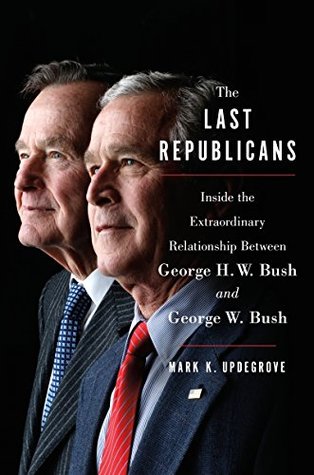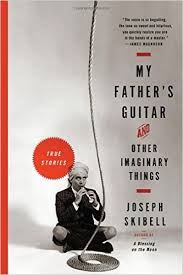American Scary: A History of Horror, from Salem to Stephen King and Beyond
- By Jeremy Dauber
- Algonquin Books
- 480 pp.
- Reviewed by Michael Causey
- October 3, 2024
Show me what freaks you out, and I’ll show you who you are.

Want to see something uniquely terrifying? It’s simple. Just find the nearest mirror and take a deep look at the face staring back at you. No, this isn’t the beginning of a playground taunt. It’s more a cold, hard truth. You are the source of your own horror.
“Show me what scares you, and I’ll show you your soul,” writes Jeremy Dauber in his excellent, authoritative, and fascinating panorama of the horror genre in the U.S., American Scary.
While some gung-ho types like to brag that ours is an exceptional nation and the envy of the world, Dauber’s intent here is to prove how the stain of slavery, our displacement of Native Americans, and other real-world horrors of so-called American exceptionalism have influenced what frightens us to this day.
“Slavery was, perhaps, the American horror story,” Dauber writes as he guides us from terrifying scenes in Harriet Beecher Stowe’s Uncle Tom’s Cabin to the white fear of slave rebellions and guilt over putting other humans in chains that were metaphors in the works of Edgar Allan Poe and others, through more recent strains of racial tension manifesting in films like Jordan Peele’s “Get Out.”
Our country’s treatment of Native Americans also influenced the horror genre, though its traces have arguably grown fainter over time. Still, James Fenimore Cooper, at the outset of the American republic, extoled the view of the “noble savage” in The Leatherstocking Tales, and the theme was rampant in many writings of the period.
But it’s Frederick Douglass who draws the most interesting line here connecting racism and horror in America. In an 1881 essay, he compares “long-standing prejudice” to the belief in ghosts, commenting:
“As those who believe in the visibility of ghosts can easily see them, so it is always easy to see repulsive qualities in those we despise and hate.”
Dauber’s ambitious scope means readers are asked to consider many works as horror in a way we might otherwise not. He skillfully demonstrates, for instance, how the Salem Witch Trials and other historical terrors have often been reflected in popular entertainment via monster movies, tales of zombies, and even stories about quicksand swallowing unsuspecting souls. (For kids who grew up on 1970s “creature features,” was there ever a greater fear than that last one?)
American Scary also deftly exposes how what frightens us says a lot about our inner psyches. To wit: Intellectually, I’m an agnostic-leaning atheist. My brain tells me that the Devil, as such, doesn’t exist. Yet “The Exorcist” movies — parts one and three, anyway — and the William Peter Blatty books they’re based on scared the hell out of me as a boy, no pun intended. (Confession: They also scare me a bit today at the ripe old age of 61.) Dauber would likely say that being chilled to the marrow by Satan is more of a comment on my own doubts or shaky belief system than my conscious brain cares to admit.
At nearly 500 pages, American Scary is too heavy for trick-or-treat bags. At times, Dauber gets carried away with providing layer after layer of detail, as if he doesn’t want to cut anything (so to speak). I understand the difficulty of pruning when you’re so clearly enamored of your subject, but certain sections of the book would’ve benefited from being a tad more concise. Sometimes, less is more.
Still, this is a quibble about what’s otherwise an entertaining, enlightening, and engagingly written look at the uniqueness of American horror. Reading it, you’ll learn a lot about the good ol’ U.S. of A — and quite possibly, yourself.
Michael Causey is host of “A Good Hour” on WOWD 94.3FM and takomaradio.org.

